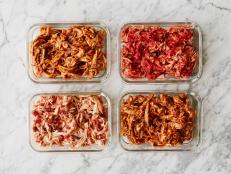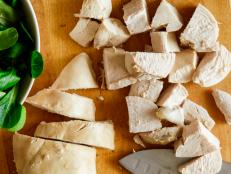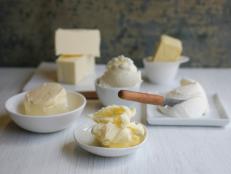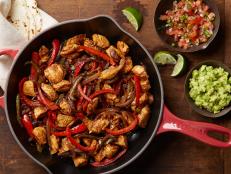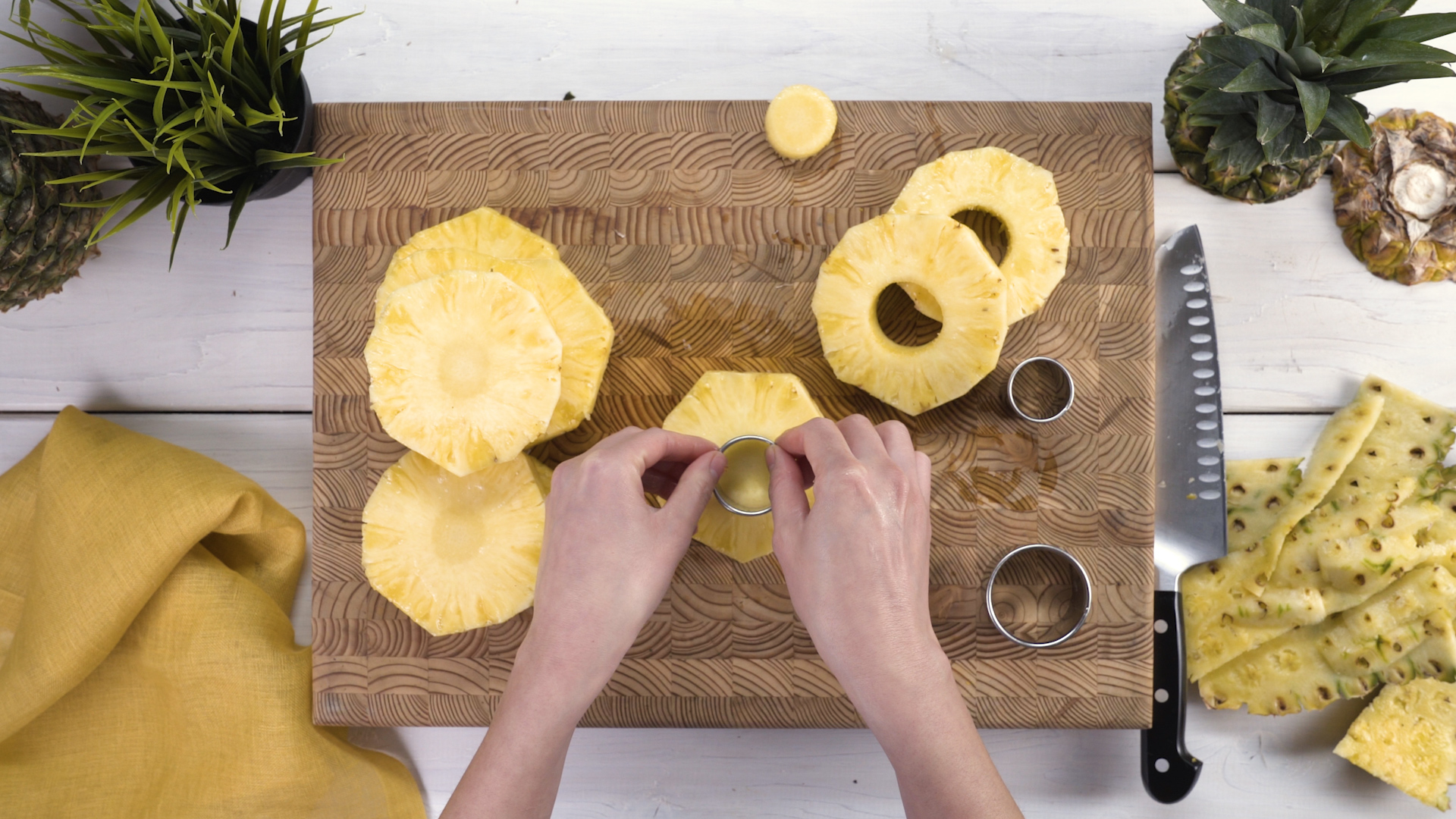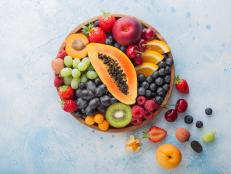Preserve it Yourself
Leafy herbs like basil keep their flavor better when frozen than when dried. To freeze them, wash and dry them completely, then lay them out on a pan and put them in the freezer. After they freeze, transfer to a plastic bag, press out the air and then tightly seal. They don't need to be thawed before using. Or, turn leafy herbs into a paste in the blender (add some oil when you do this) and freeze in ice cube trays. Either way, they'll stay good for a year.
Vegetables, berries and stone fruits should also be spread out on a pan, then frozen, then transferred to airtight containers. They'll be good for about a year.
Meat, poultry and fish should be divided into individual portions, then well-wrapped (we like first a layer of foil, then plastic wrap) and placed in freezer bags. Meat and poultry is good for four to six months, fish for three to four.
Unbaked cookie dough can be frozen two ways: either roll it into a cylinder, slice it, then wrap well and freeze (bake slices as you need them), or scoop it out onto a sheet pan with an ice cream scoop, freeze, then transfer scoops to a plastic bag, baking as needed. It will stay good for three months.
Freeze already-baked cakes for five to six hours first (so the frosting sets), then wrap well in foil and transfer to freezer bags ? it's good for about six months.
Frozen casseroles should be wrapped well (to liberate your dish from the freezer, layer the bottom of the pan with foil before adding your ingredients; then, freeze the whole casserole, pan and all. When the ingredients are frozen, lift the foil out, wrap, and place in the freezer. Transfer back to your baking dish when ready to cook.
Freezer Guidelines
Storing:
- All foods should be tightly wrapped (ideally in multiple layers) to prevent freezer burn.
- Squeeze the air out of all packages before freezing. But leave about half an inch of space above casseroles, soups or sauces, as these expand when frozen.
- Don't jam your freezer full; allow air to circulate among the packages for optimum temperature control.
Thawing:
- Meats and poultry should be fully thawed in the fridge (not on the counter) before cooking; a good rule of thumb is about eight hours per pound of meat and four per pound of poultry.
- Speed-thaw smaller foods either submerged in water, or under running water. Certain foods, like shrimp, can be cooked while still semi-frozen.
- Frozen foods, once thawed, should not be re-frozen; the taste and texture will suffer.
























